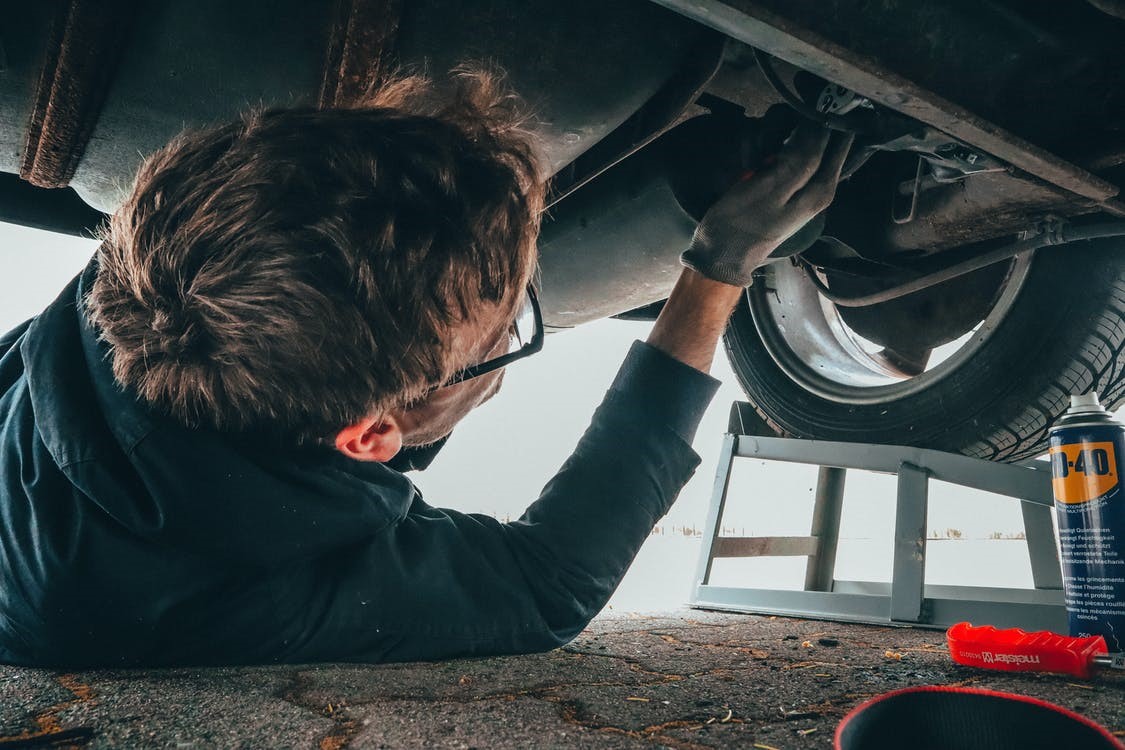What is D3 in a Car?
When you slip behind the wheel of your car, you’re not just in control of a machine with an engine and four wheels. Modern vehicles are equipped with a plethora of technologies that work harmoniously to make your driving experience safe and enjoyable. One of these features is the Drive (D) mode on your transmission, which is typically marked with settings such as D1, D2, and D3 in car. But what do these designations mean, and how do they affect your vehicle’s performance? This guide unravels the mysteries of D1, D2, and D3 in cars, shedding light on their purpose and significance.
Understanding the Basics
The Transmission and Drive Modes
Before delving into D1, D2, and D3, it’s essential to have a basic understanding of your car’s transmission and its different drive modes. A typical automatic transmission has several options, usually labeled as P (Park), R (Reverse), N (Neutral), and D (Drive). In the ‘Drive’ mode, your car can operate in different gears, allowing you to adapt to various driving conditions and demands.
The Role of Drive Modes
Drive modes, including D1, D2, and D3, are a subset of the ‘Drive’ mode. These settings determine the highest gear the transmission can use. In essence, they control how many gears the car will shift through, influencing the engine’s power output and the vehicle’s overall performance. The D3 setting is the focus of our discussion today.
Read: What does Drl mean in Car
What Does D3 Mean in a Car?
The Definition
D3 stands for “Drive 3” or “Third Gear” in the context of your car’s transmission. This setting limits the transmission to the first three gears, bypassing the higher gears, such as the fourth and overdrive. By doing so, it offers drivers a specific level of control over their vehicle’s performance.
Use Cases
D3 is not your everyday drive mode, and it serves a purpose in specific situations:
Towing: When you’re towing a trailer or carrying a heavy load, you might find it challenging to maintain speed while in ‘Drive.’ Switching to D3 locks the transmission into lower gears, providing more power for uphill climbs and preventing excessive shifting. This can reduce strain on your engine and transmission.
Engine Braking: When descending steep hills, especially in situations where you want to avoid overheating your brakes, D3 can be invaluable. It enables the engine to provide resistance, acting as an effective brake and reducing the load on your braking system.
Enhanced Traction: On slippery or icy roads, setting your transmission to D3 can minimize wheel spin and provide better traction. This is particularly useful if you have a front-wheel-drive vehicle, as it ensures both wheels receive power evenly.
What Does D1 and D2 Mean in a Car?
While D3 has specific use cases, D1 and D2 are equally important settings that you might encounter on your car’s transmission. Let’s explore what they signify:
D1: Drive 1
D1, or “Drive 1,” restricts the transmission to the first gear only. This means your car will not shift into higher gears. This setting is particularly useful in specific scenarios:
Climbing Steep Hills: When ascending steep hills, you might find that your vehicle struggles to maintain speed or can even start to roll backward. D1 locks your car in the lowest gear, ensuring maximum power and torque for the climb.
Towing Heavy Loads: Similar to D3, D1 can be beneficial when towing heavy trailers or loads. It prevents the transmission from shifting into higher gears, providing the necessary power for the task.
D2: Drive 2
D2, or “Drive 2,” allows your vehicle to use the first two gears and bypass higher gears. Like D1 and D3, D2 serves specific purposes:
Moderate Towing: When you have a moderately heavy load to tow, D2 can be a suitable choice. It provides better control and power than ‘Drive’ mode without the extreme limitations of D1.
Driving in Hilly Terrain: If you’re driving in an area with rolling hills, D2 can help your vehicle adapt to the terrain. It ensures that you have more power at your disposal without locking you into a single gear like D1.
How to Use D1, D2, and D3
Understanding the significance of D1, D2, and D3 is just the first step. Knowing how and when to use these settings is equally crucial for optimizing your driving experience.
Shifting between D1, D2, D3, and Drive
Most modern cars with automatic transmissions make it easy to switch between these drive modes. Usually, you’ll find the shift lever marked with these settings. Simply move the lever to the desired mode. Some vehicles also provide the option to shift between these modes manually using buttons or paddle shifters, making it more convenient.
When to Use D1, D2, or D3
D1: Reserve D1 for the most challenging situations, such as steep hill climbs and heavy towing. It provides maximum power but can lead to high engine RPMs if used for extended periods in regular driving conditions.
D2: D2 offers a balance between power and fuel efficiency. Use it when you need more control in hilly terrain or when towing moderately heavy loads.
D3: As mentioned earlier, D3 is suitable for towing, engine braking, and improving traction on slippery surfaces. It provides a good balance between power and control without pushing the engine too hard.
Drive: In most day-to-day driving scenarios, ‘Drive’ is the appropriate choice. It allows the transmission to shift through all gears, optimizing fuel efficiency and performance for regular road conditions.
Advantages and Disadvantages of D1, D2, and D3
Each drive mode has its advantages and disadvantages. Let’s weigh the pros and cons of using D1, D2, and D3 in your car:
Advantages Of D1:
Maximum power and torque for challenging tasks.
Ideal for steep hill climbs and heavy towing.
It prevents rolling backward on inclines.
Disadvantages Of D1:
High engine RPMs during extended use.
Reduced fuel efficiency in regular driving conditions.
Limited top speed due to the first gear restriction.
Advantages Of D2:
Better control and power than ‘Drive.’
Suitable for hilly terrain and moderately heavy loads.
Reduces unnecessary gear shifting.
Disadvantages Of D2:
Reduced fuel efficiency compared to ‘Drive.’
Limited top speed due to the first and second gear restrictions.
Advantages Of D3:
Enhanced traction on slippery surfaces.
Effective engine braking on downhill slopes.
Reduces wear on your braking system during descents.
Disadvantages Of D3:
Not suitable for regular driving.
Limited top speed due to the first, second, and third gear restrictions.
also read: best awd hybrid cars
Conclusion
D1, D2, and D3 are not just mysterious letters and numbers on your car’s transmission; they serve a specific purpose in enhancing your driving experience. Understanding when and how to use these drive modes can make a significant difference in various driving scenarios, from tackling steep hills to towing heavy loads or navigating slippery roads.
So, the next time you find yourself faced with a challenging driving situation, remember the power of D1, D2, and D3 in your car’s transmission. These settings can be your allies in achieving better control, improved traction, and more efficient driving, making your journey safer and more enjoyable.
These drive modes are there to assist you in various driving situations, from challenging terrains to towing heavy loads. Mastering the use of D1, D2, and D3 can enhance your driving experience and keep you safe on the road. So, the next time you encounter a steep hill, a slippery road, or a hefty load to tow, remember the power of D1, D2, and D3 in car’s transmission.



